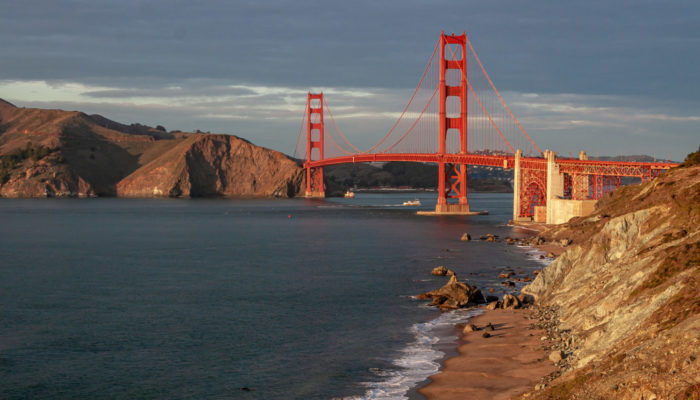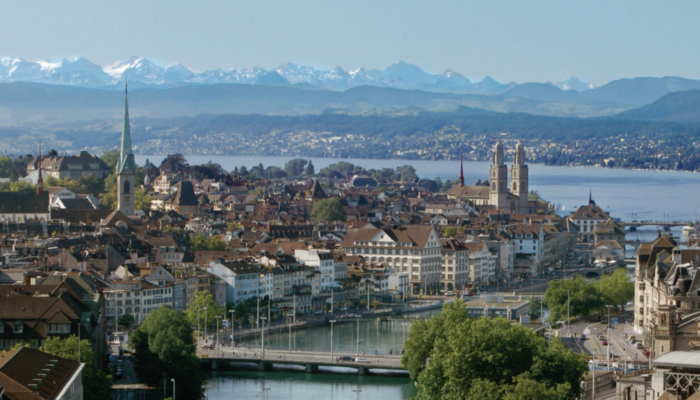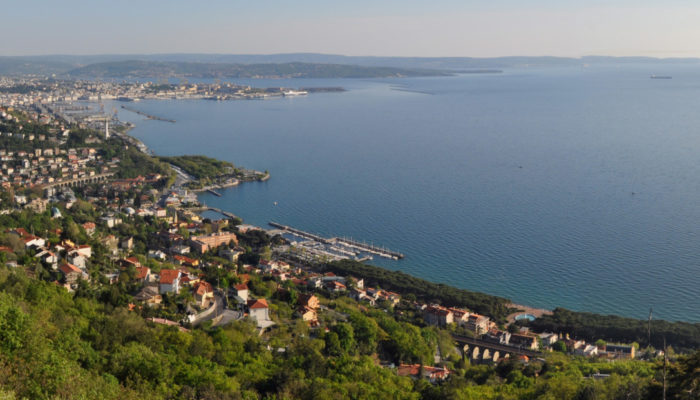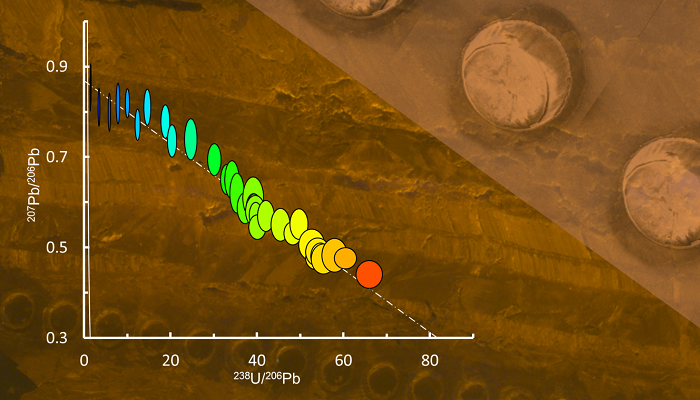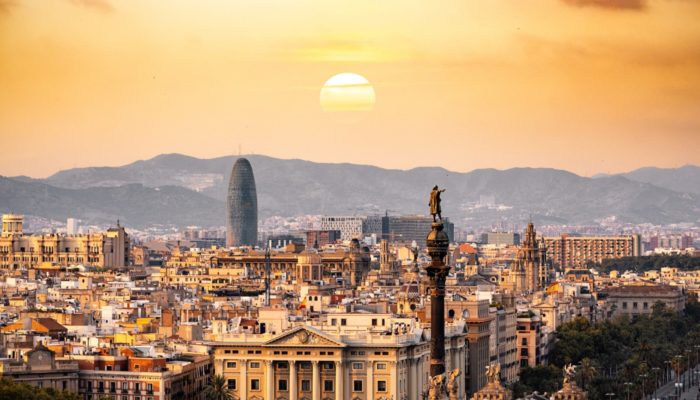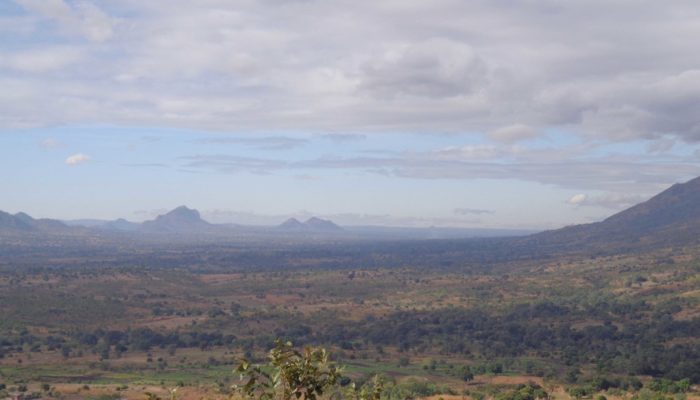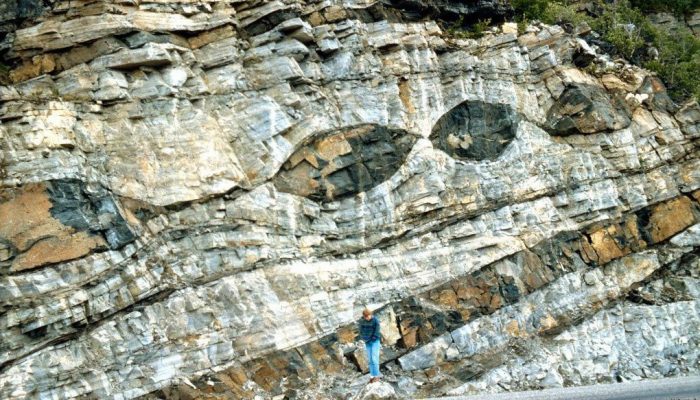San Francisco has been a natural gathering place for people across the millennia. It is not a coincidence that this city, situated at the entrance to the largest estuary on the U.S. West Coast, owes its dramatic setting to active geology on the North American plate margin. The first people of the San Francisco Peninsula, the Ramaytush Ohlone, cared for the land here for thousands of years before E ...[Read More]
San Francisco: Where the Plates Meet
